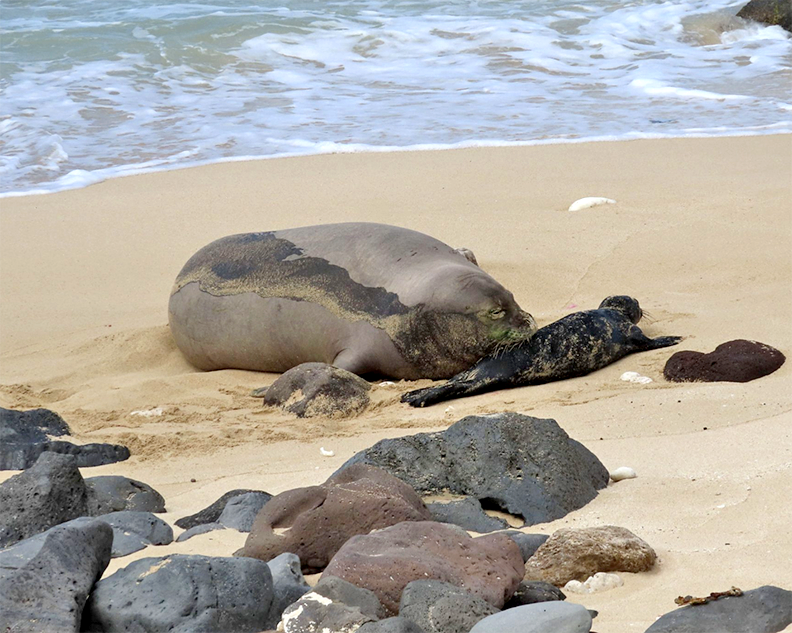By Ruby Pap
 Did you know we are in hurricane season? Are you prepared? Now is a good time to get ready, especially since climate experts are predicting an El Niño year.
Did you know we are in hurricane season? Are you prepared? Now is a good time to get ready, especially since climate experts are predicting an El Niño year.
We are currently in an “El Nino Watch,” according to the National Oceanic and Atmospheric Administration, Climate Prediction Center.
During a non-El Niño year, surface winds and waters move across the tropical Pacific from east to west, from Central/South America to the Western Pacific, north of Australia. Warm water typically pools in the Western Pacific, and an upwelling of cold water occurs in the Eastern Pacific near Peru.
During El Niño conditions, which occur at rough intervals of 3 to 8 years, the winds weaken or momentarilyreverse direction due to changes in pressure. This change is called the Southern Oscillation or El Nino Southern Oscillation (ENSO).
When the winds reverse from west to east, the warm water pooled in the west sloshes back toward the east resulting in a wider belt of high sea surface-temperatures extending to the Central and Eastern Pacific. This affects the generation of storms and precipitation patterns nearly all over the world.
The biggest ENSO events in the last century occurred in 1982–1983 and 1997-1998, causing significant effects over much of the Pacific and some parts of the Atlantic and Indian oceans.
According to Dr. Stephen Taylor, Assistant Professor of Physical Sciences at Kaua‘i Community College:
“Hurricanes need surface water at least 80 degrees or they die. During El Nino, warmer water covers a broader area of the Central Pacific. So, it makes sense that Hawai‘i would be more at risk during El Niño, and, indeed, both ‘Iwa (1982) and ‘Iniki (1992) occurred during El Niño conditions. So, alwaysbe prepared during hurricane season. If there’s an El Niño, perhaps you want to be especially prepared.”
There are many things you can do to prepare for a hurricane or other hazard event. First, have an emergency plan. This plan should address where you will go, points of contact and contingency plans if an event happens when you are not at home.
The County of Kaua‘i is encouraging residents to “shelter in place” if possible due to limited shelter space.
This means identifying vulnerabilities and retrofitting your home or identifying friends/family with strong houses where you can go and stay during the event. For example, I live a block from the beach in an old, single wall construction plantation home with glass louvre windows. Not a safe place to be during a hurricane or a tsunami!
Since I am a renter, I cannot retrofit the house, but I can go to my friend’s house in Kapahi. He has a safe room in the basement, constructed after the last hurricane that hit Kaua‘i.
Visit http://seagrant.soest.hawaii.edu and click on The Homeowners Handbook to Prepare for Natural Hazards for more information.
Also, be sure to keep at least seven days of non-perishable food and water on hand, and it also helps to have an emergency kit in your car. Drinking water was in short supply after Hurricane ‘Iniki.
Learn about Hawai‘i Civil Defense’s guide for disaster preparedness at http://www.scd.hawaii.gov/dp_kit.html.
- Ruby Pap is a Coastal Land Use Extension Agent at University of Hawai‘i Sea Grant College Program. She can be reached at rpap@hawaii.edu
Discover more from ForKauaiOnline
Subscribe to get the latest posts sent to your email.





Leave a Reply